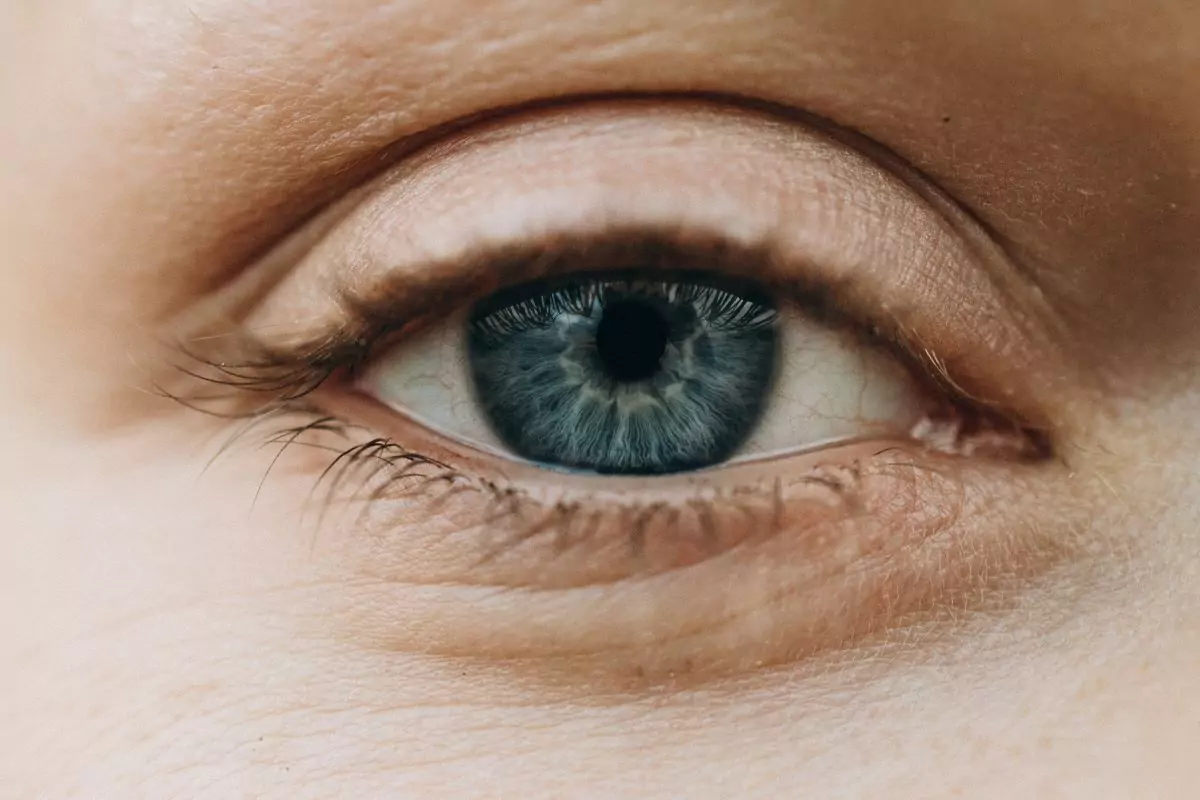What Does an Oculoplastic Surgeon Do?
When you think of eye-related surgeries, what usually comes to mind?
At first, you’ll probably think of ophthalmologists and optometrists. However, there is another type of eye specialist that you should pay attention to — oculoplastic surgeons.
Oculoplastic surgeons have a crucial role in maintaining your eye health. So, let’s delve into what they do and the types of procedures they perform on a day-to-day basis.
What is the role and expertise of an oculoplastic surgeon?
Oculoplastic surgery is a medical procedure performed on the area surrounding the eyes. It can be done for both functional and cosmetic purposes, improving the patient’s appearance and well-being.
Oculoplastic surgeons are trained to perform the reconstruction of eyelids, tear ducts, and eye sockets. Unlike traditional plastic surgeons, they work on preserving the patient’s visual ability while improving their appearance.
As you might expect, the journey to become a practicing oculoplastic surgeon is a long one. An aspiring student needs to complete medical school, a residency in ophthalmology, and a fellowship in oculoplastic surgery. This entire training process can take a minimum of six years.
After they complete all of the steps, the oculoplastic surgeon will receive certification from the American Society of Ophthalmic Plastic and Reconstructive Surgery (ASOPRS).
What conditions do oculoplastic surgeons handle?
Oculoplastic surgeons are highly trained to deal with a wide range of eye conditions. For the most part, these conditions can affect both the function and form of the patient’s eyes. Here are the most common oculoplastic conditions they can diagnose and treat.
Ptosis
Ptosis is when the upper eyelid droops and covers the eye, obstructing the patient’s field of vision. It can happen due to paralysis, disease, or a congenital condition.
An oculoplastic surgeon’s job is to restore the eyelid to its proper position. This will allow the patient to see clearly and look more alert.
Eyelid growths
This refers to abnormal tumors that can appear around the eyes or on the eyelids. They can be categorized as benign or malignant, including cysts, tumors, or skin cancers.
To treat this condition, an oculoplastic surgeon needs to diagnose the growths, then perform surgical excisions or other necessary procedures. Ultimately, their goal is to remove them while preserving the patient’s eyelids.
Entropion and Ectropion
This occurs when the eyelid turns inward, causing the eyelashes to rub and irritate the eye. When left untreated, this condition can lead to discomfort, irritation, and potential damage to the cornea.
Ectropion is the direct opposite. In this case, the eyelid turns outward instead, exposing the inner surface of the eyelid to the surrounding air. It can cause excessive tearing, dryness, and an increased vulnerability to eye infections.
To avoid and correct these eyelid conditions, an oculoplastic surgeon can do surgical correction and repositioning of the eyelid. In doing so, they can prevent further health complications to the eye.
Orbital fractures
Orbital fractures result from accidents and refer to fractures or breaks in the bones surrounding the eye socket. Patients experience pain, swelling, and impaired eye movement. Consulting an oculoplastic surgeon ensures proper alignment of the eye socket and promotes healing while preserving the eye’s structure.
Thyroid eye disease or Graves’ ophthalmopathy
Graves’ ophthalmopathy is associated with an overactive thyroid gland. It causes bulging eyes, double vision, and eyelid retraction, affecting both the appearance and function of the eyes. In cases like this, oculoplastic surgeons work closely with endocrinologists and other specialists to manage the eye-related issues of thyroid disease and provide surgical interventions if necessary.
Procedures performed by oculoplastic surgeons
Before any procedure, the oculoplastic surgeon will have to do a thorough evaluation, using eye exam equipment to assess any pre-existing eye conditions and visual levels.
Pre-operative care like this is also the perfect time to go over your concerns and goals, as well as create a personalized treatment plan. This will ensure you can make the most informed decision possible.
After the surgery, an oculoplastic surgeon should provide clear post-operative instructions and conduct routine follow-ups to ensure proper healing.
Here are a few of the more common eye procedures an oculoplastic surgeon can perform:
Eyelid surgery
Also known as blepharoplasty, eyelid surgery is the most common surgery offered by oculoplastic surgeons. It involves the removal of excess skin, muscle, and fat from the eyelids.
Done right, the surgery should eliminate drooping eyelids and puffiness. It should also minimize the appearance of under-eye bags and improve your peripheral vision,
Brow lift
As people age, the eyebrows can sag, creating a tired or angry appearance. A brow lift raises the natural position of the eyebrows and rejuvenates the forehead, resulting in a more youthful look.
Tear duct surgery
Blocked or damaged tear ducts can cause an excessive or insufficient amount of tears, compromising eye protection and nourishment.
Oculoplastic surgeons can address this with tear duct surgery. It’s where they repair or reconstruct the tear ducts, allowing tears to drain properly from the patient’s eyes.
Eyelid reconstruction
In severe cases, the entire eyelid might be thoroughly affected due to physical trauma, tumors, or other congenital deformities. Under such circumstances, an oculoplastic surgeon will aim to restore the eyelid’s normal shape, function, and appearance to the best of their abilities.
Oculoplastic surgeons care for your eyes’ form and function
Oculoplastic surgeons prioritize both the form and function of your eyes. With their extensive training and certifications, they can address various eye-related issues and enhance your overall eye and facial aesthetics.
So, if you’re experiencing any of the aforementioned conditions or need cosmetic enhancements for your eyes, consulting with an oculoplastic surgeon would be a wise choice. They can easily fix up the position of your eyelids, or reconstruct them entirely.
For more info and tips about eye care and health, be sure to check out Mouqy’s blog, where we feature articles about assessing whether you need glasses, reasons why your eye socket hurts, and more.

Written by:
Jamie Mendiola












